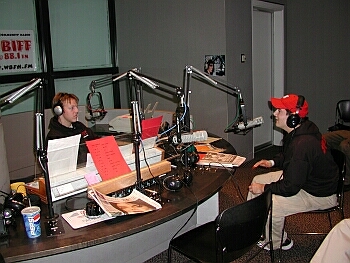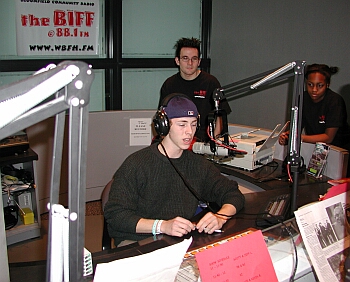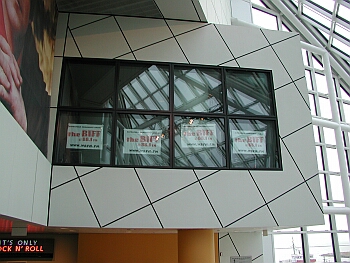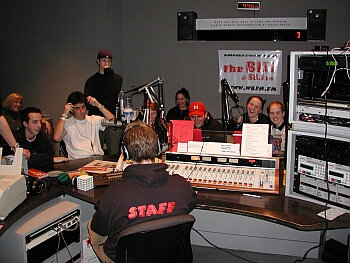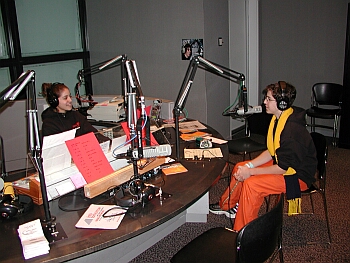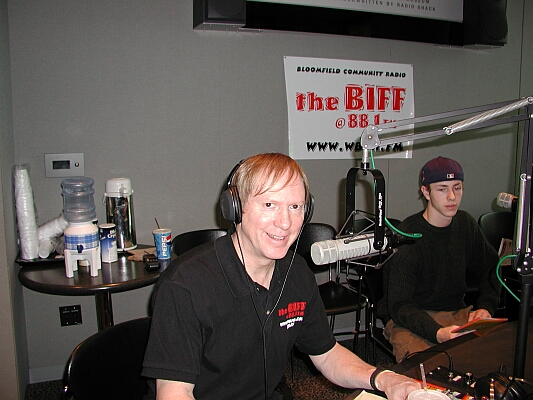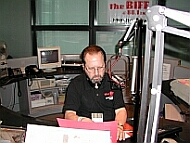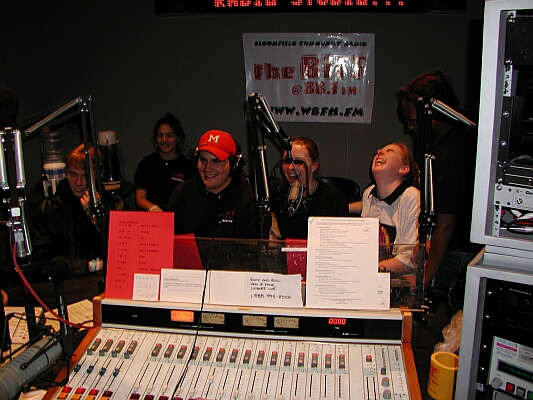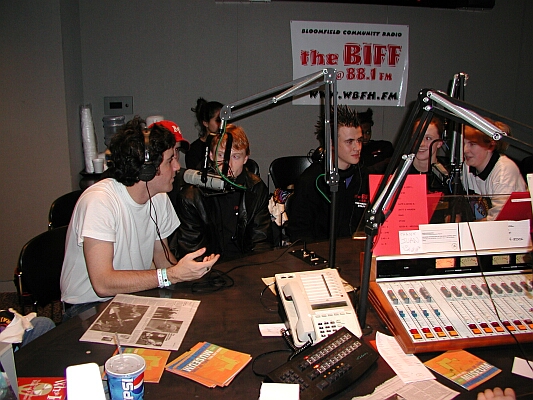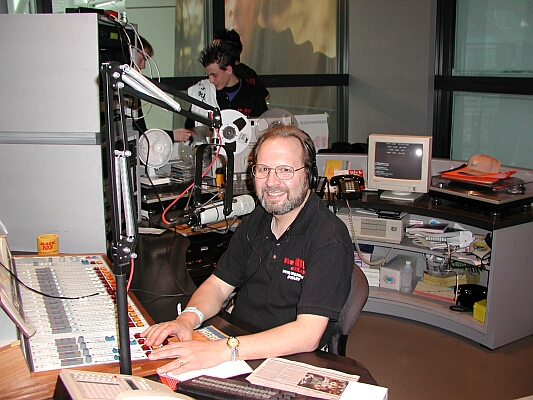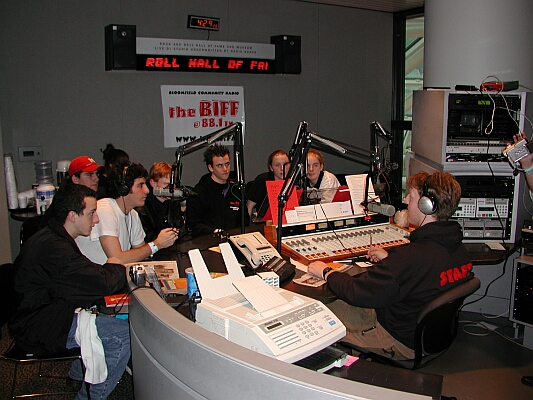December 14, 2001
Anyone who has attended high school would know, field trips are among the most-welcomed diversions of the school year. It’s the chance to leave the books and lectures behind to experience the world first-hand. Some students go to museums, some to science centers; others to concerts and the like. When WBFH goes on a field trip, things go differently. Not being content to take the staffers out of state for just any field trip, Pete Bowers and Randy Carr took this year’s group to the Rock and Roll Hall of Fame in Cleveland, Ohio. The purpose? To see the sites and do a little broadcasting.
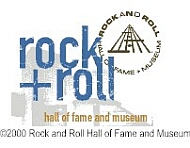
This was the first time a field trip of this size was attempted, and it is the farthest any staffers have been from the station for a live remote broadcast. All remotes thus far have been staged well within a few miles of the WBFH studios.
The date was Friday, December 14, 2001. WBFH staff and students began to convene for the historic broadcast when they entered the radio booth at 10:00 a.m. The staff had arrived the night before by van and spent the night seeing the sights of the city.
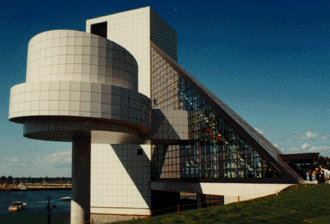
After a few tense moments of trying to establish a connection by phoneline, Randy Carr got the remote voice system up and running. (Mr. Carr is a veteran broadcast engineer, having used the exact voice system while producing remotes from Las Vegas for Danny Bonaduce while at WKQI/Detroit.) The remote voice system is a digital encoding/decoding device that allows voice and music to travel through the phone line, enabling high-fidelity broadcasting from anywhere there’s a phone line available. Some radio stations use satellite trucks and T-1 lines; WBFH management decided on the "Hot Line" system, as it is called, for its portability and flexibility. (Once the phone connection was established, the system remained rock-solid reliable throughout the 6-hour broadcast.)
After all the pre-broadcast system checks were made, there was more than enough time to relax before the planned start time. Those students who weren’t scheduled to be on the air were free to roam about the museum. Those who were on the air were treated to refreshments and the superb hospitality of the Rock Hall staff.
There were 13 staff members present for the broadcast, and each had a chance in the spotlight—either solo or with a partner—and plenty of time to fill with music, conversation and phone calls. The last hour of the broadcast was reserved for the entire gang to broadcast collectively.
While the staffers were enjoying their time in Cleveland, the digitally-encoded signal was fed back to WBFH master control via direct phone line. Ron Wittebols was at the station to engineer the event. The staff members needed only to speak into their microphone and Wittebols would take direction, cue up songs and stopsets.
The remote broadcast was the brainchild of Jeff Lutz, and was supported by several students on staff. It took several months of negotiation and preparation to pull off the broadcast, but it ended as a success -- another historic milestone in the history of Metro Detroit's most powerful high school radio station.

